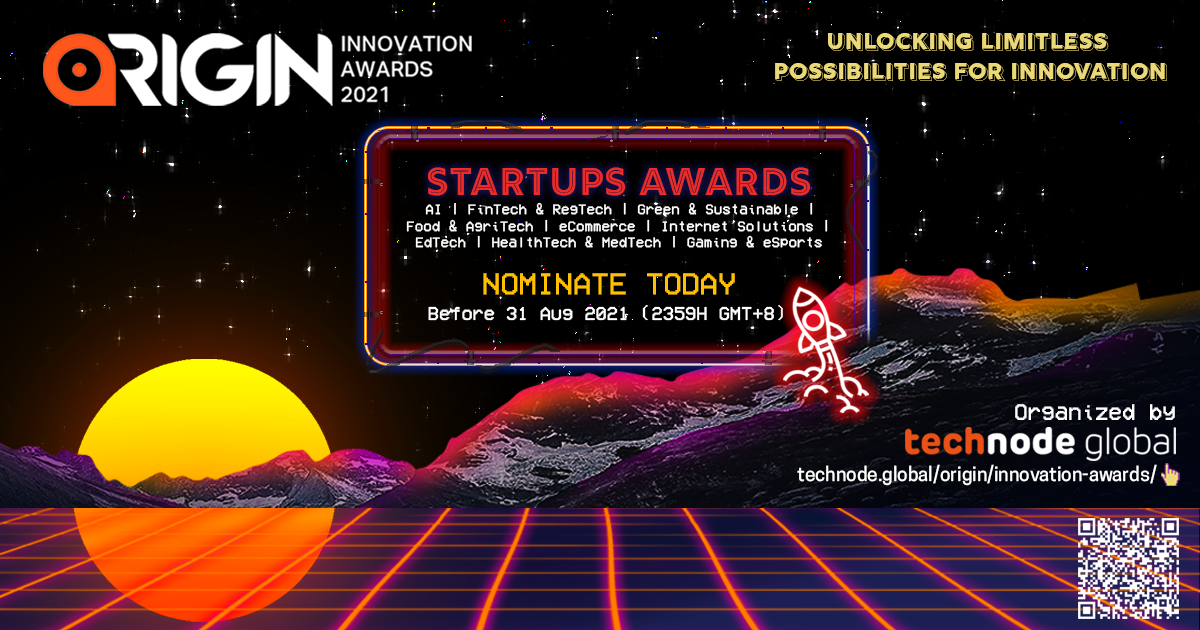Why do blockchains need oracles?

Blockchain is only as powerful as its connections to the real world. Oracles are how it happens.
Oracles are lines of code that connect real-world information to contracts and other agreements on a blockchain. They act as a bridge between on-chain, which is every interaction that happens on the blockchain, and off-chain data.
This connection allows smart contracts, or lines of code that initiate unstoppable commands, to execute transactions that rely on off-blockchain information—such as interest rates, temperatures, and third-party lists—with the assurance that the information has not been tampered with. Tokens used to verify oracle data are worth more than $4 billion, according to data website CryptoSlate.
What are oracles?
Oracles themselves are not the source of real-world information, instead they collect it from existing databases and reliably communicate the data to the blockchain. The relationship between oracles and blockchains is mutual. Oracles can receive chain data to distribute to external applications such as banking apps.
This provides potential new uses for businesses, such as supply chain tracking, which traces products from source to consumers and bonds that rely on third-party interest. Existing systems can be easily integrated with the decentralized network.
Blockchains and their public ledgers can be compared to a computer without an internet connection; such a device would not be able to search for and ingest real-world data. A computer without the Internet can only access what is stored on its local hard drives.
Likewise, a blockchain can only access the transactions recorded on the distributed ledger, limiting the number of applications that can be used without real-world information. Oracles provide this internet connection. They enable blockchains to find and access external information for on-chain smart contracts.
The problem with centralized oracles
While oracles solve one problem for blockchains, giving them access to real-world information, they create another in the form of centralization. Blockchains are decentralized and distributed networks that protect against single points of failure. For example, if a hacker gets access to your private crypto keys, they can only access your money. However, if the same hacker gains access to a centralized crypto exchange, they can gain access to millions of accounts with one data breach.
Do you want to benefit from blockchains that connect to the real world? Click here to check out our subscription newsletter for serious investors.
Simply put, a decentralized network of millions of computers requires millions of individual hacks, but a centralized system requires one breach for millions to be affected. If blockchains were to adopt centralized oracles, this would introduce a single point of vulnerability, which counters everything a decentralized network is built for.
To solve this problem, decentralized oracles were born.
How decentralized oracles solve the problem
Decentralized oracles solve the off-chain data problem by giving blockchains access to real-world information without introducing a single point of failure. They do this by using distributed data sources to avoid single points of vulnerability.
For example, decentralized exchanges running on a shared protocol can provide price feeds for various assets such as ether (ETH) and bitcoin (BTC) without a central authority. Decentralized exchanges allow individuals to exchange assets directly with each other, via a shared, open ledger that no one owns, as is the case with centralized competitors such as Coinbase or Kraken. The problem is that the decentralized exchanges have no way to access the current price of ether or bitcoin in terms of dollars. So a decentralized oracle like Chainlink can provide the exchange with a price feed.
But how does Chainlink offer this information without creating a centralized access point? It uses dozens of different data providers to create a single price feed. Therefore, if one of the data sources is compromised, the other 20 or so data providers are still protected and provide untampered information.
This is just one example of how an oracle can be used. There are several other types of oracles based on the information they provide and how they gather it.
Oracle types
Oracle systems can be distinguished from each other by their data sources, the direction in which the information moves, and the way in which the data gains user trust.
Data source refers to what data is reported to the blockchain. While most data comes in digital form, some systems collect physical data. These types of oracles are either software or hardware systems. For example, oracles can read radio frequency identification (RFID) tags, weather conditions or health services.
The direction of the information highlights whether the blockchain is receiving data, or sending it. These are often referred to as inbound or outbound systems. For example, the Federal Reserve interest rate can be used in a smart contract transaction, or an on-chain wallet can reach a predetermined amount, which triggers an off-chain tax payment, in a banking application.
The trust mechanism illustrates whether the oracle is a decentralized or centralized system. Although centralized systems can create single points of failure, many users prefer them to the more experimental alternatives.
Why Oracles are important
Cryptocurrency’s total market value hovers around $1 trillion, but according to the McKinsey company, the global financial system traded over $5.76 trillion in a single year and is worth over $487 trillion. The US housing industry is estimated to be worth $43.4 trillion according to Zillow, and the US health care industry is estimated to be worth $4.1 trillion according to the Center for Medicare and Medicaid.
These figures highlight the magnitude of value available off-chain and show the importance of a bridge between centralized and decentralized systems. For these systems to access the power of smart contracts, they need decentralized oracles to ensure secure and immutable data on the blockchain to expand its real-world use cases.
























